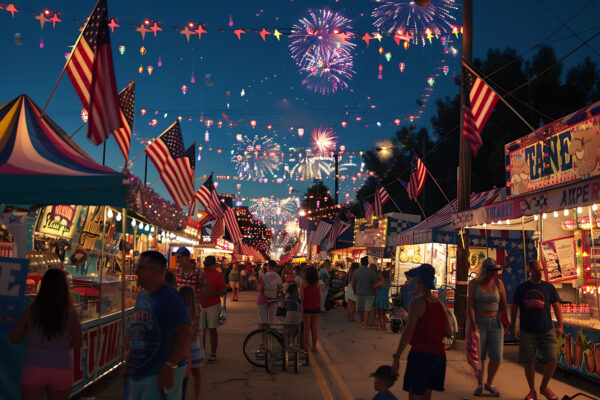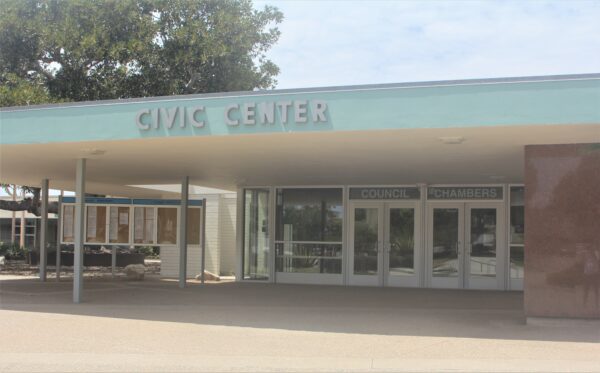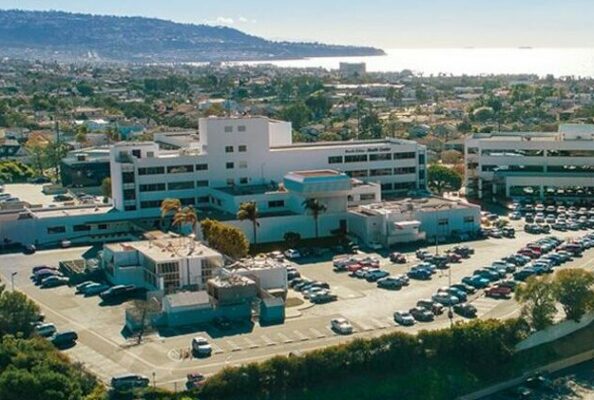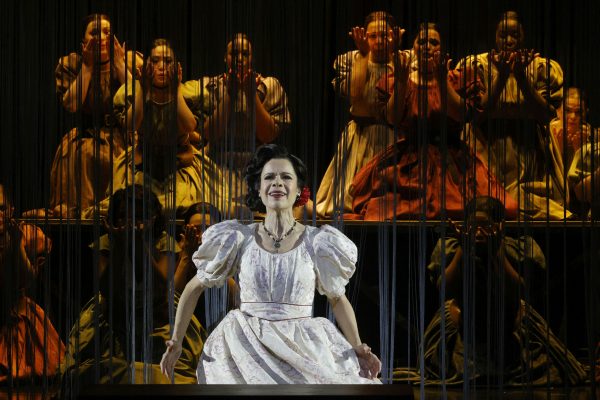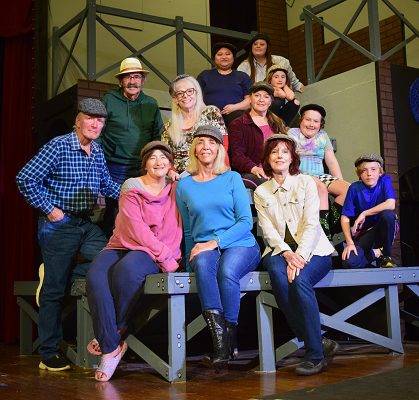These echoes of culture are felt in festivals and fairs across the country. From the New Port Winter Festival in Rhode Island to Mardi Gras in New Orleans, the nation commemorates unique traditions, history, and community spirit found in various corners across the country. The diversely rich human culture and multiple facets ranging from music and art to regional cuisines and crafts make all these gatherings enjoyable.
Cultural festivals and fairs offer dynamic venues where people share, participate in, and celebrate their heritage and creativity. Festivals like the New Orleans Jazz & Heritage Festival hardly stick to their main aim but offer a series of conjoined experiences related to music, food, and cultural learning, all under one roof and alive with excitement. The Fiesta Hermosa, held over Memorial Day weekend, combines music on the beach with arts and food, creating a vibrant celebration.
The History and Evolution of American Festivals
American festivals have a long history of constant change and evolution. From the heady cultural celebrations that were their base, distilled to become benchmarks of entertainment innovation, festivals in the U.S. are seen as a reflection of social change and a vehicle through which to shape the country’s cultural context. Companies like Got2Go are at the forefront of this evolution, providing unique and immersive experiences for festival-goers and redefining how people plan and enjoy these cultural events.
Human Nature and Society
The United States festivals have diverse origins, much like the country. Early celebrations can be traced back to the indigenous tribes, who had a variety of ceremonies and gatherings. Besides, European settlers brought the traditions from their home countries to the United States, which, over the years, adapted to the American context.
- Early European Influence: The first American festivals were much like their European cousins, focusing on the harvest, religious observation, and fairs. These were attractions and significant public places for trade and community involvement.
- African American Contributions: No other ethnic group has contributed more to U.S. festivals than African Americans, especially in developing music and cultural festivities. Other artistic expressions, including jubilees and parades, have been critical in expressing cultural identity and preserving history, primarily through times of change and adversity.
- Native American Ceremonies: Native American cultures have a long tradition of festive gatherings, many of which continue today as powwows. These powwows feature dance, music, and community as central to celebrating cultural heritage.
Major Festivals and Fairs in the U.S.
The United States is home to a tapestry of festivals and fairs that vividly showcase its cultural diversity and artistic vibrancy. These events are celebratory gatherings and important factors in community bonding and nation-building.
State Fairs
State fairs in the U.S. are annual events with historical roots. They feature agricultural showcases, amusement rides, competitions, and local foods. The Hermosa Beach Chamber of Commerce aims to balance the traditional Fiesta Hermosa with the needs of local businesses and residents, ensuring it remains a community staple. Each state offers unique attractions, drawing many domestic and international visitors.
- State Fair: The Great Minnesota Get-Together is one of the largest state fairs in the U.S., and by daily attendance from agriculture to art, it’s a highlight for Minnesota.
- Texas State Fair: The Dallas State Fair, home to that massive Big Tex statue, is like a grand window into Texan culture, complete with rodeos, car shows, and an incredible amount of fried food.
Music and Arts Festivals
Music and arts festivals serve as a podium for world-class artists or even for the category of young talents. It is not just a venue for entertainment; it shapes the music and art trend.
- Coachella Valley Music and Arts Festival: Another of Indio, California’s signature spring events, this festival offers a stage for hot indie and popular musical acts. The 2024 rendition, presently booked for April, will keep the trend alive.
- The Governors Ball Music Festival is New York City’s preeminent music gathering, held in the highest esteem for its quality selection of diverse lineups, bringing out huge headliners alongside the most exciting new musicians on the rise. Governors Ball is always representative of the eclectic and dynamic spirit of the city.
Cultural and Ethnic Celebrations
U.S. cultural and ethnic celebrations reflect the richness of the heritage of the communities that make up this country’s very fabric. They come with their traditional music, dance, food, and customs.
- Aloha Festivals: These are Hawaii’s Aloha Festivals, which are parades of Hawaiian heritage through music and dance that involve both residents and visitors in the lifestyle of this island.
- The Newport Winter Festival in Rhode Island goes well beyond the warmth of winter revelry, presenting something utterly original: the likes of Polar Pineapples, which introduces the cultural life of New England.
Humanity and the cultural setting
Festivals and fairs are emerging as vital cultural highlights, significantly impacting local economies and identities. Events boost the local economy by driving visitor spending on admission, food, and memorabilia, supporting local businesses and employment. Economic activities in arts and culture have outpaced general economic growth, increasing by 4.8% in a year.
Festivals attract visitors, enhance the accommodation and transportation sectors, and improve destination branding and appeal to tourists. They strengthen community identity and pride in local culture. Showcasing local arts, crafts, and traditions fosters regional identities and cross-cultural understanding.
Community engagement in planning and implementation enhances local social capital and knowledge through educational and outreach activities. Festivals provide a platform for mixed groups to unite, promoting a sense of belonging and pride in people’s culture while supporting economic and social development.

